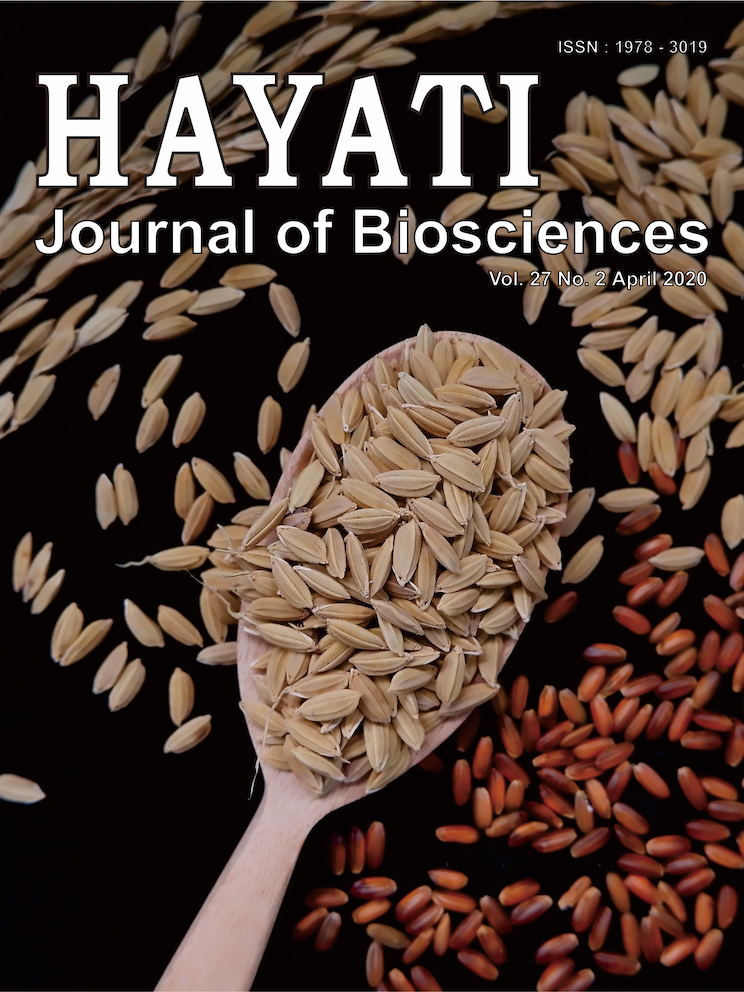Application of Proteomics to Identify Fertility Markers in Angus Bull Sperm
Abstract
The goal of the study was to ascertain sperm proteins as fertility markers by identifying sperm proteins in Angus bull sperm using proteomics and validate the markers through comparative sperm biology between Angus and Holstein bulls for which there is reliable fertility data available. We aimed to determine proteins differentially expressed in sperm from Angus bulls with different fertility phenotypes. Two-dimensional differential gel electrophoresis with mass-spectrometry, functional gene clusters, canonical pathways and protein networks, using integrated discovery bioinformatics software and ingenuity pathway analysis were used to identify and analyze sperm proteome. We identified 80 proteins that were differentially expressed in sperm of our experimental population. Using computational biology approaches we demonstrated involvement of structural proteins such as outer dense fiber of sperm tails 2 and enzymes including kinases, and phosphatases having functions in essential pathways in glycolysis/gluconeogenesis and free scavenging. The results are significant because analyzed proteins in Angus sperm are determinants of fertility, gene-environment interactions, as well as potential biomarkers for animal breeding.
Downloads
HAYATI J Biosci is an open access journal and the article's license is CC-BY-NC. This license lets others distribute, remix, tweak, and build upon author's work, as long as they credit the original creation. Authors retain copyright and grant the journal/publisher non exclusive publishing rights with the work simultaneously licensed under a https://creativecommons.org/

























.png) IPB University
IPB University Department of Biology
Department of Biology The Indonesian Biological Society
The Indonesian Biological Society 

